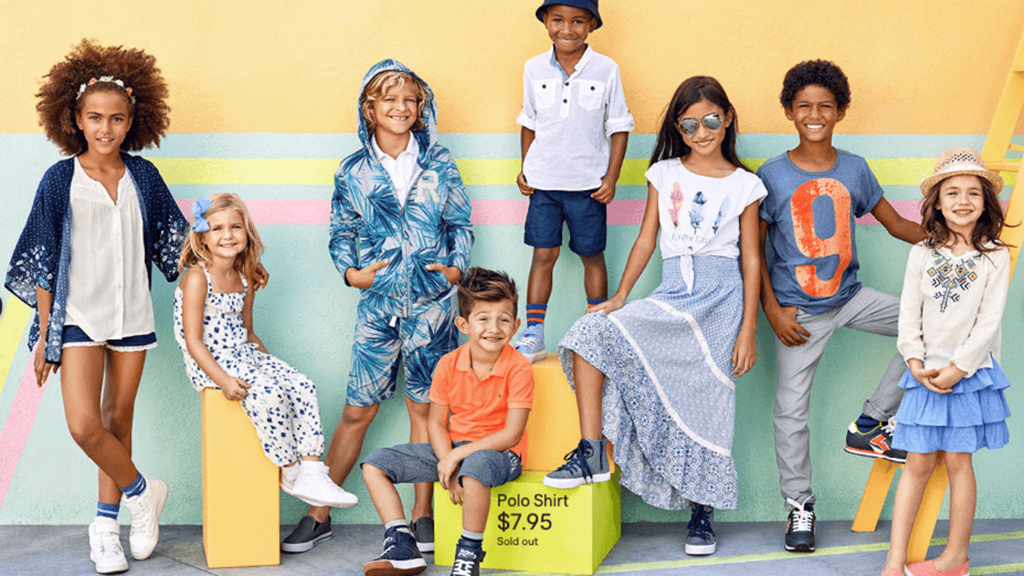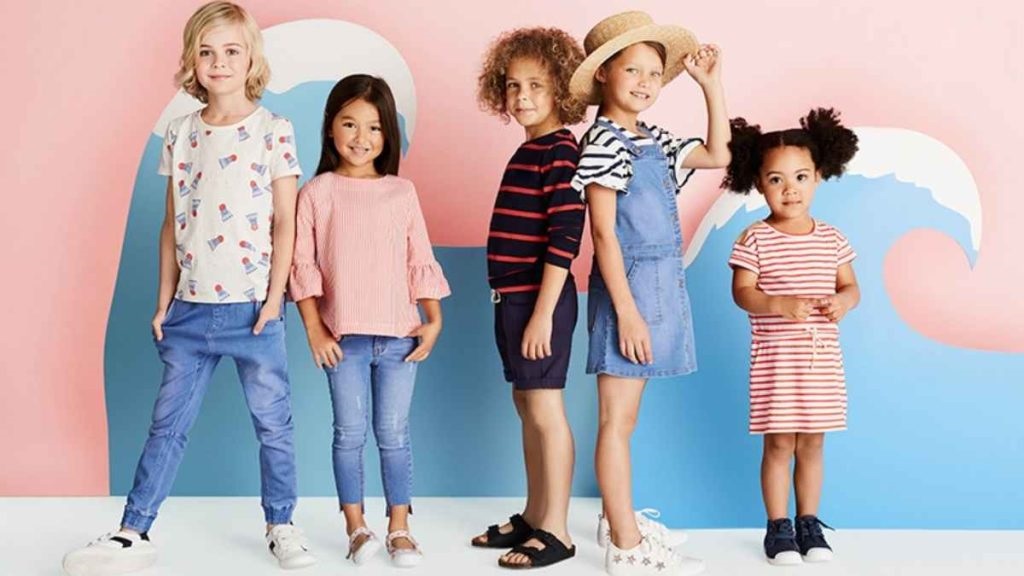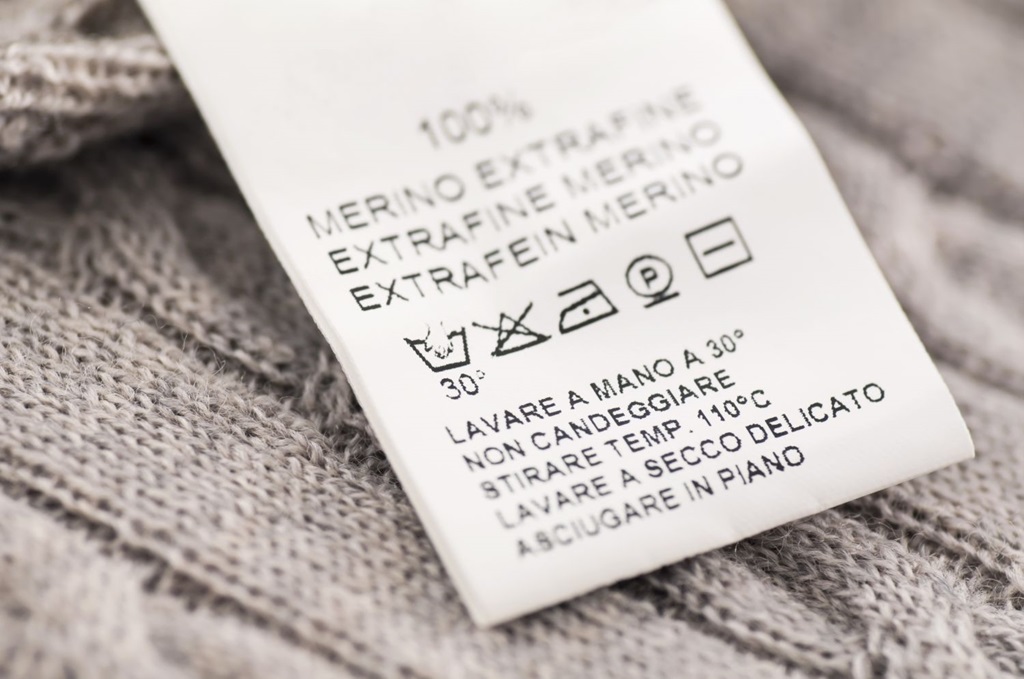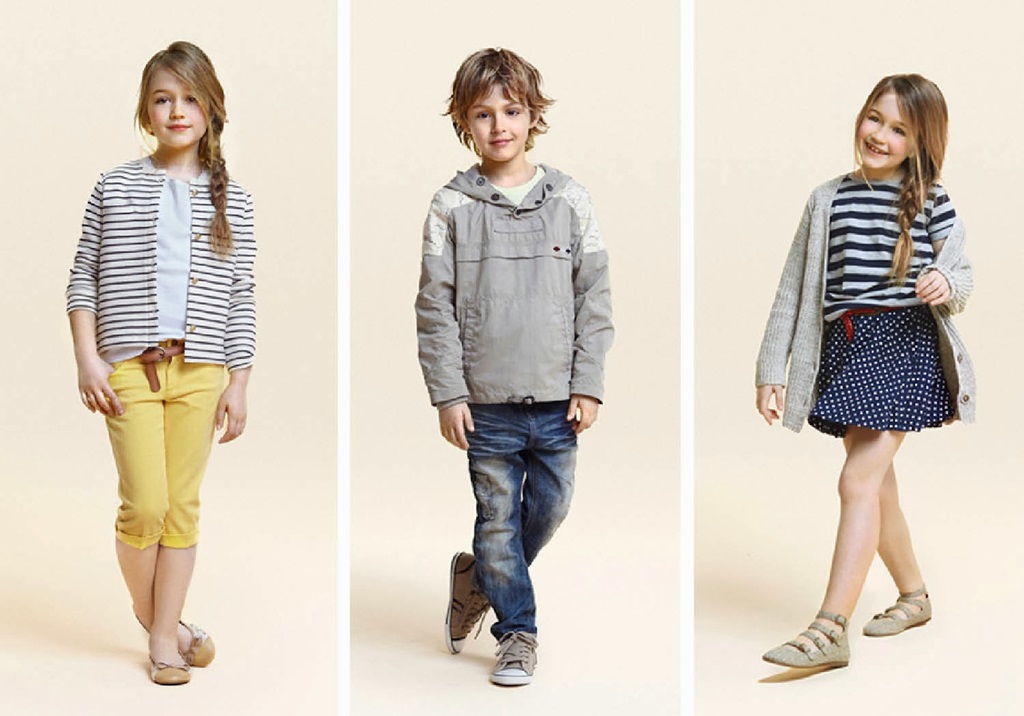
13 Dec Things to keep in mind while buying kids’ clothes
Buying clothes for your little ones can be both exciting and challenging. As parents, we want the best for our children, and that includes their wardrobe. From ensuring the right fit to considering the fabric’s comfort, there are various factors to keep in mind. In this guide, we’ll explore essential considerations to make when purchasing kids’ clothes.
Size Matters
Understanding the Child’s Size
When it comes to kids’ clothes, one size does not fit all. Children grow at different rates, making it crucial to understand your child’s size accurately. Regularly measure their height, waist, and chest for a more precise fit.
The Importance of Room for Growth
Kids are constantly growing, so it’s wise to choose clothes with a bit of room for growth. This not only saves you from frequent shopping trips but also ensures the child’s comfort as they navigate their daily activities.
Fabric and Comfort
Choosing Breathable Fabrics
Kids lead active lives, and their clothes should support their adventures. Opt for breathable fabrics like cotton, especially for everyday wear. Breathable materials keep them comfortable, especially during playtime.
Prioritizing Comfort for Active Kids
Comfort is paramount, especially for active kids. Look for clothing that allows freedom of movement, whether they’re running around the playground or sitting in class. Elastic waistbands and tagless designs can enhance comfort significantly.
Durability and Longevity
Quality of Stitching and Materials
Kids can put their clothes through a lot, from climbing trees to rolling in the grass. Consider the quality of stitching and materials when making purchases. Well-constructed garments will withstand the wear and tear of a child’s active lifestyle.
Considering the Wear and Tear of Kids’ Activities
Think about the activities your child engages in regularly. If they love outdoor play, choose clothes that can endure rough and tumble. Reinforced knees on pants and sturdy seams contribute to a garment’s longevity.
Style and Preferences

Involving Kids in the Decision-making Process
As your child grows, they develop their sense of style and preferences. Involve them in the decision-making process when shopping for clothes. This not only ensures they feel empowered but also helps you choose items they’ll actually enjoy wearing.
Balancing Style with Practicality
While style is important, it’s equally crucial to balance it with practicality. Consider versatile pieces that can mix and match, allowing for a range of outfit choices without overcrowding the wardrobe.
Seasonal Considerations
Adapting Clothing Choices to Different Seasons
Kids’ clothing needs vary with each season. Ensure their wardrobe is well-equipped for different weather conditions. Invest in light, breathable fabrics for summer and cozy, warm options for winter.
Layering for Versatility
Layering is a key strategy for versatile dressing. Choose items that can be easily layered, allowing your child to adjust to changing temperatures throughout the day.
Budget-Friendly Options
Finding Affordable Yet Quality Clothing
Parenting can be expensive, and kids’ clothes are no exception. Look for budget-friendly options without compromising on quality. Many affordable brands offer durable and stylish choices for your little ones.
Tips for Shopping on a Budget
Plan ahead and take advantage of sales and discounts. Consider buying off-season items at discounted prices for the next year. Additionally, explore second-hand stores for hidden gems that won’t break the bank.
Eco-Friendly Choices
Sustainable and Organic Options
As the importance of sustainable living grows, consider eco-friendly options for your child’s wardrobe. Look for clothing made from organic materials, as they are both gentle on the environment and your child’s skin.
Teaching Kids About Responsible Consumption
Use the opportunity to teach your children about responsible consumption. Explain the value of choosing eco-friendly options and caring for their clothes to reduce waste. This valuable lesson instills a sense of environmental responsibility from a young age.
Safety First
Avoiding Potentially Harmful Materials
Kids often explore the world with their hands and mouths, making it crucial to avoid potentially harmful materials. Check clothing labels for any allergens or irritants that may affect your child’s sensitive skin.
Choosing Clothes With Child Safety Features
Look for clothes with built-in safety features, such as secure buttons and snaps. This reduces the risk of choking hazards or accidents. Prioritize items with non-toxic dyes to further ensure your child’s safety.
Washing and Care Instructions
Understanding Garment Care Labels

Extend the life of your child’s clothes by following proper washing and care instructions. Pay attention to garment care labels and follow the recommended washing guidelines. This simple step can prevent premature wear and maintain the quality of the clothing.
Prolonging the Life of Kids’ Clothes Through Proper Care
Teach your child the importance of caring for their clothes. Simple habits like hanging garments properly, avoiding unnecessary roughness, and promptly addressing stains contribute to the longevity of their wardrobe.
Shopping Tips for Online Purchases
Reading Reviews and Ratings
Online shopping offers convenience, but it’s essential to make informed choices. Read reviews and ratings from other parents to gauge the quality and sizing accuracy of the clothes you’re interested in.
Checking Return Policies and Size Charts
Before making online purchases, familiarize yourself with the return policies and size charts of the brand. This ensures you can easily exchange or return items that don’t meet your expectations.
Second-hand and Vintage Finds
Benefits of Second-hand Clothing
Second-hand clothing not only saves money but also promotes sustainability. Explore thrift stores and online platforms for unique finds that contribute to a more circular fashion economy.
Tips for Assessing the Condition of Pre-Owned Kids’ Clothes
When buying second-hand, carefully assess the condition of the clothing. Check for signs of wear, ensure all buttons and zippers are intact, and inspect for any stains. With a discerning eye, you can find excellent quality items at a fraction of the cost.
Brand Reputation
Trustworthy Brands for Kids’ Clothing
While there are countless options for kids’ clothing, not all brands are created equal. Prioritize well-established and reputable brands known for their commitment to quality and safety.
The Significance of Brand Reputation in Quality Assurance
Brand reputation speaks volumes about a company’s commitment to customer satisfaction. A brand with a positive reputation is likely to prioritize quality assurance and adhere to industry standards.
Customization Options
Personalizing Kids’ Clothes
Add a personal touch to your child’s wardrobe by exploring customization options. Many brands offer personalized embroidery or printing, allowing your child to express their individuality through their clothing.
Adding a Touch of Uniqueness to Their Wardrobe
Customization not only makes clothing special but also fosters a sense of identity for your child. Whether it’s their name, favorite color, or fun design, personalized items become treasured pieces in their wardrobe.
Trend vs. Timelessness

Balancing Trendy Pieces with Timeless Classics
Fashion trends come and go, but some pieces withstand the test of time. Balance trendy items with timeless classics to create a well-rounded wardrobe for your child.
Investing in Wardrobe Staples That Stand the Test of Time
While it’s fun to incorporate trendy pieces, invest in wardrobe staples that can be mixed and matched across different seasons. This ensures your child always has stylish and versatile options at hand.
Conclusion
Choosing the right clothes for your kids involves a thoughtful blend of practicality, style, and consideration for their growth and activities. By keeping these factors in mind, you can create a wardrobe that not only reflects their unique personality but also meets their everyday needs.
FAQs
-
Can I trust online reviews for kids’ clothes?
- Online reviews can be helpful, but it’s essential to read a variety of opinions and consider factors like sizing preferences and individual experiences.
-
How often should I measure my child for clothing size?
- Measure your child every few months, especially during growth spurts, to ensure their clothes still fit comfortably.
-
Are second-hand clothes safe for my child?
- Yes, second-hand clothes can be safe, but carefully inspect them for any signs of wear or damage before purchasing.
-
What eco-friendly materials are best for kids’ clothes?
- Organic cotton, bamboo, and hemp are excellent eco-friendly choices for kids’ clothing due to their sustainable and biodegradable nature.
-
Is it worth investing in personalized kids’ clothes?
- Personalized clothes can add a unique touch to your child’s wardrobe, making them feel special and fostering a sense of identity.

No Comments